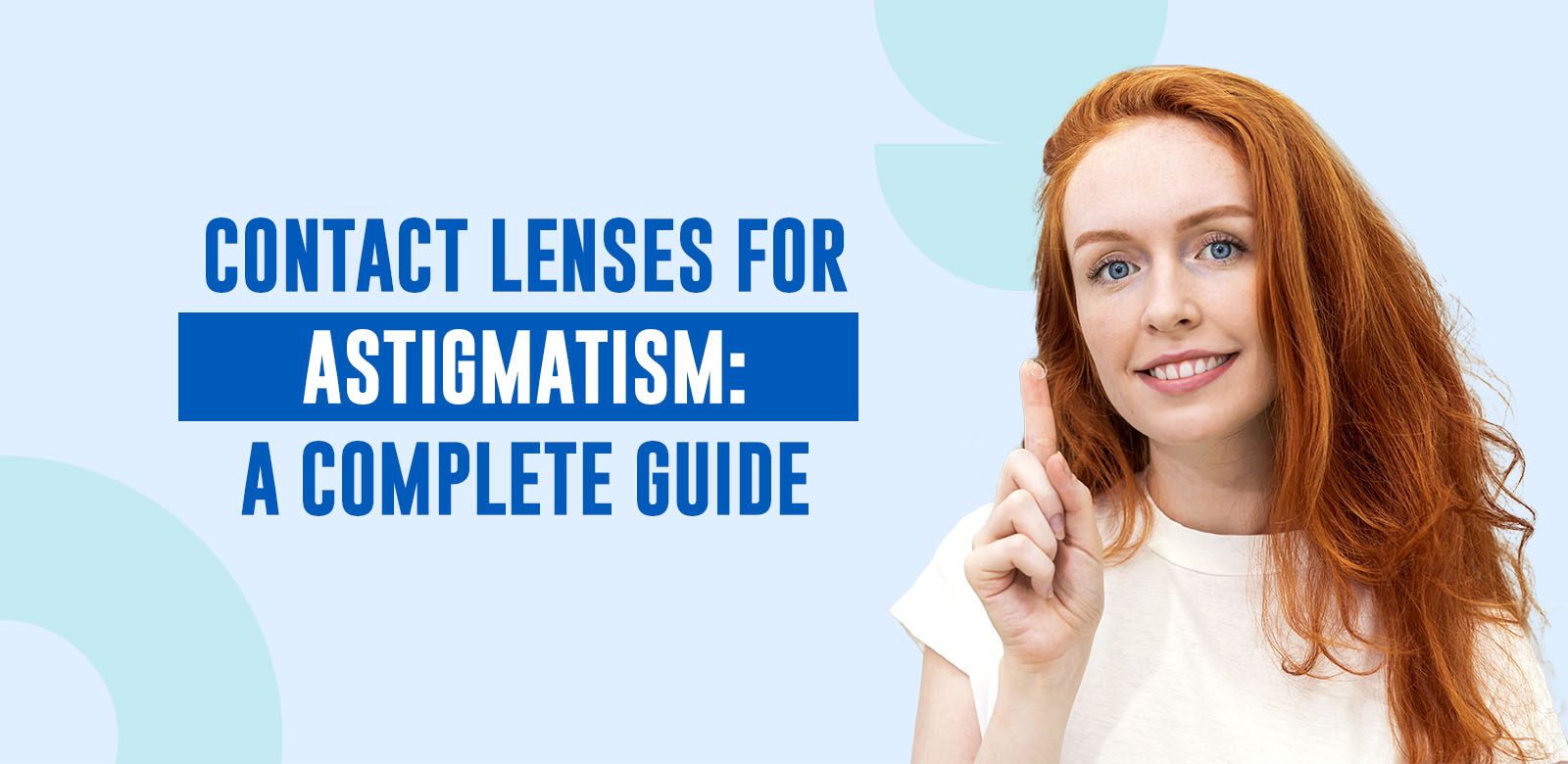

You might have already experienced that discomfort when trying to read a text or recognize faces from a distance, but despite your efforts, your vision remains blurry. Astigmatism is often the culprit behind these issues.
This article will guide you in understanding this condition and its effects on your eyesight.
What is astigmatism?
Astigmatism is a vision condition caused by an irregular curvature of the cornea. Instead of being perfectly round, the cornea is more oval-shaped, leading to an uneven distribution of light rays on the retina.
This irregularity is what causes blurred vision, both near and far. Unlike myopia or hyperopia, which primarily affect the distance at which you can see clearly, this condition can distort vision at any distance.
Symptoms
If you are in any doubt, here are the most common symptoms associated with this visual disorder:
-
Blurred or distorted vision: This symptom can be characterised by the letters being stretched or doubled when looking at text, making reading more difficult and tiring. Objects might also appear distorted, as if viewed through wavy glass. This distortion can affect shape perception, causing straight lines or object contours to appear irregular or curved.
-
Frequent headaches: These headaches are often due to the effort your eyes must make to compensate for the cornea's refractive errors.
-
Eye strain: Closely linked to blurry vision and headaches, eye strain occurs when your eyes constantly work hard to try and see clearly. This can manifest as a heavy feeling in the eyes, tingling, or general discomfort, especially at the end of the day. Eye strain might also come with increased sensitivity to light, worsening the discomfort.
These symptoms can be more or less mild depending on the degree of your astigmatism.
Diagnosis
To diagnose this visual disorder, it's essential to consult an optometrist. They will perform a complete eye exam to measure the curvature of your cornea. Based on the results, they can determine whether you need corrective lenses and the strength of the correction required.
Types of contact lenses for astigmatism
Toric lenses: the ideal solution
These lenses are specifically designed to correct astigmatism, like those from brands such as Acuvue, Biofinity, or Precision 1, available at Linsenmax.
Unlike spherical lenses, which have the same corrective power across their surface, toric lenses have different powers in different areas.
This specific design compensates for the irregularities in your cornea, providing clearer vision.
Types of lens wear: daily vs. monthly
When choosing your lenses, on the advice of your eye specialist, you'll also need to decide whether you want to wear daily or monthly contact lenses.
Daily lenses offer maximum hygiene and convenience as they require no maintenance and should be discarded after each use.
On the other hand, monthly lenses are more economical and can be a good option if you're used to wearing them regularly.
Factors to consider when choosing your lenses
Here are the factors you should consider during your discussion with your ophthalmologist:
-
Your degree of astigmatism: This first factor will be crucial in your decision. Mild astigmatism can sometimes be corrected with standard spherical contact lenses, but in most cases, toric lenses will be necessary to ensure clear vision. Depending on the severity, some models will be more suitable for you than others.
-
Your lifestyle and habits: This will play a key role in your choice. If you're often on the go or engage in a lot of sports, daily lenses might be more suitable due to their practicality and hygiene. On the other hand, if you're looking for a more cost-effective option with the same correction, monthly lenses will be perfect for you.
-
Your comfort: This last factor is crucial when you're wearing your contact lenses, especially if you need to wear them all day. It's recommended to try several models to determine which ones are the most comfortable for you. Remember that what works for one person might not be ideal for another, so don't get discouraged if you don't find the perfect lens right away. Your eye care professional will help guide you based on your feedback.
Our tips for wearing them
Always follow your ophthalmologist’s recommendations
It's essential to follow their advice to ensure optimal correction of your astigmatism. Always adhere to the instructions on your prescription and don't skip follow-up visits with your doctor.
Maintain excellent hygiene with your lenses
Maintaining good hygiene is crucial, especially if you're wearing monthly lenses. Ensure you clean them properly with a suitable cleaning solution, store them in a clean case, and never wear them longer than recommended.
When to see your specialist
If you notice changes in your vision, experience discomfort, or your lenses don't feel as comfortable as before, it's important to consult a specialist promptly. This could indicate that your prescription has changed or that you need a different type of lens.





